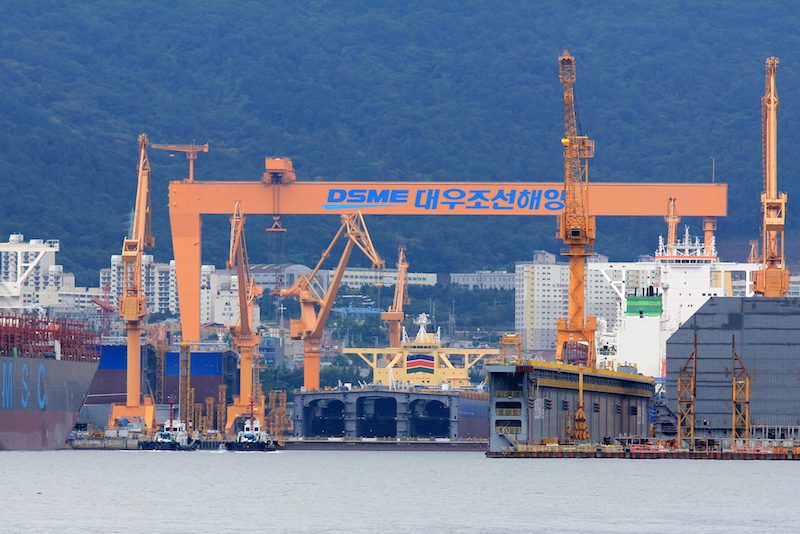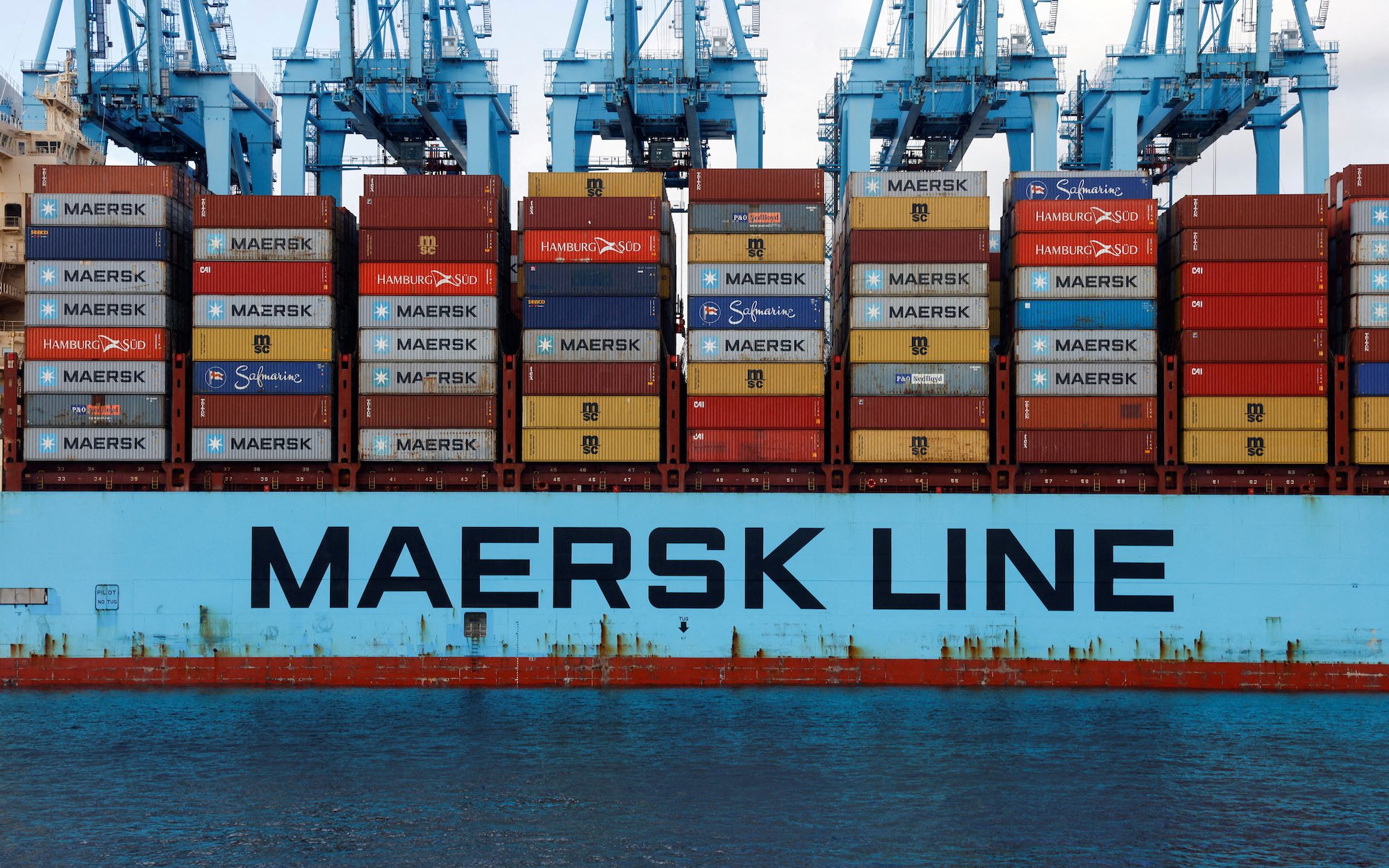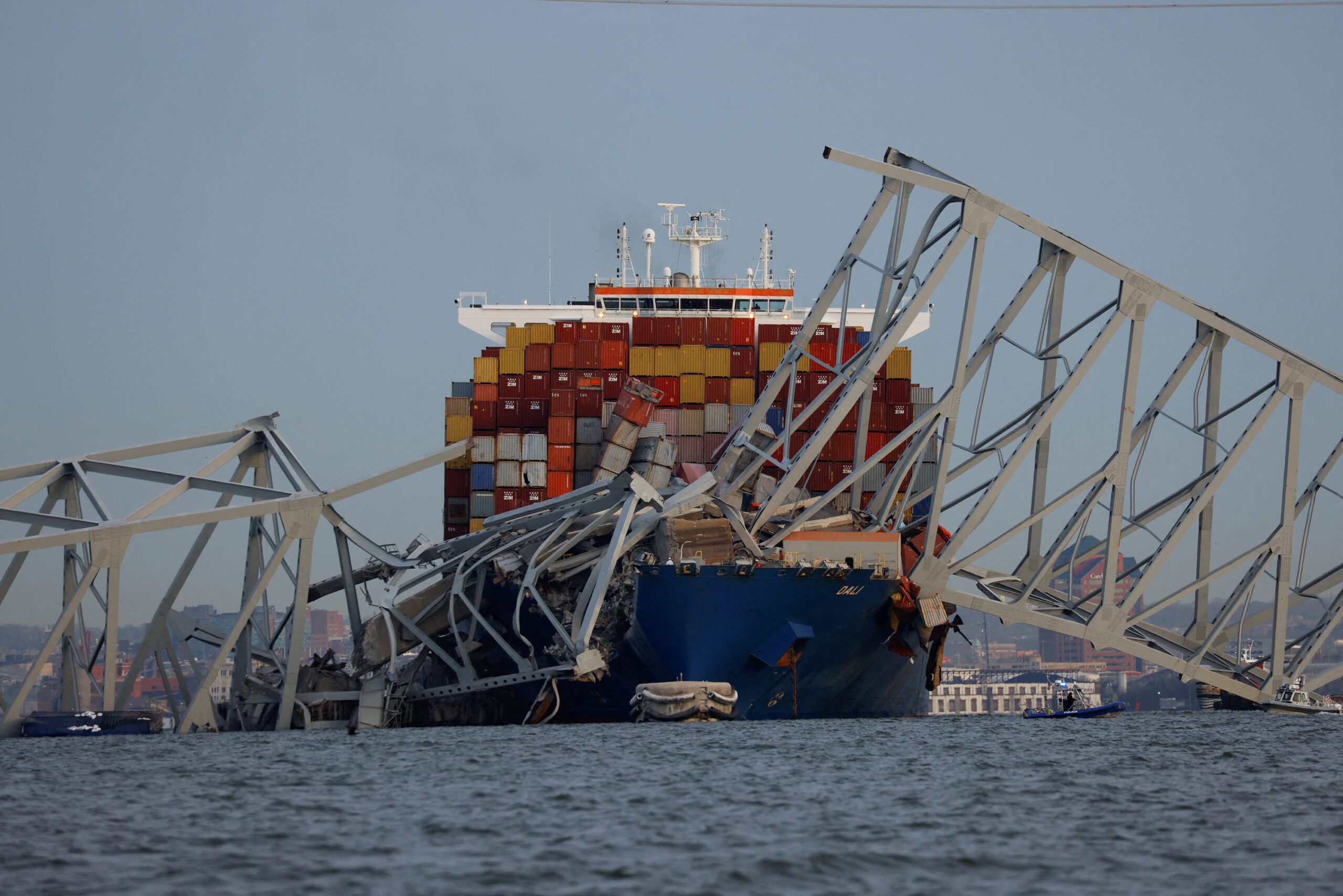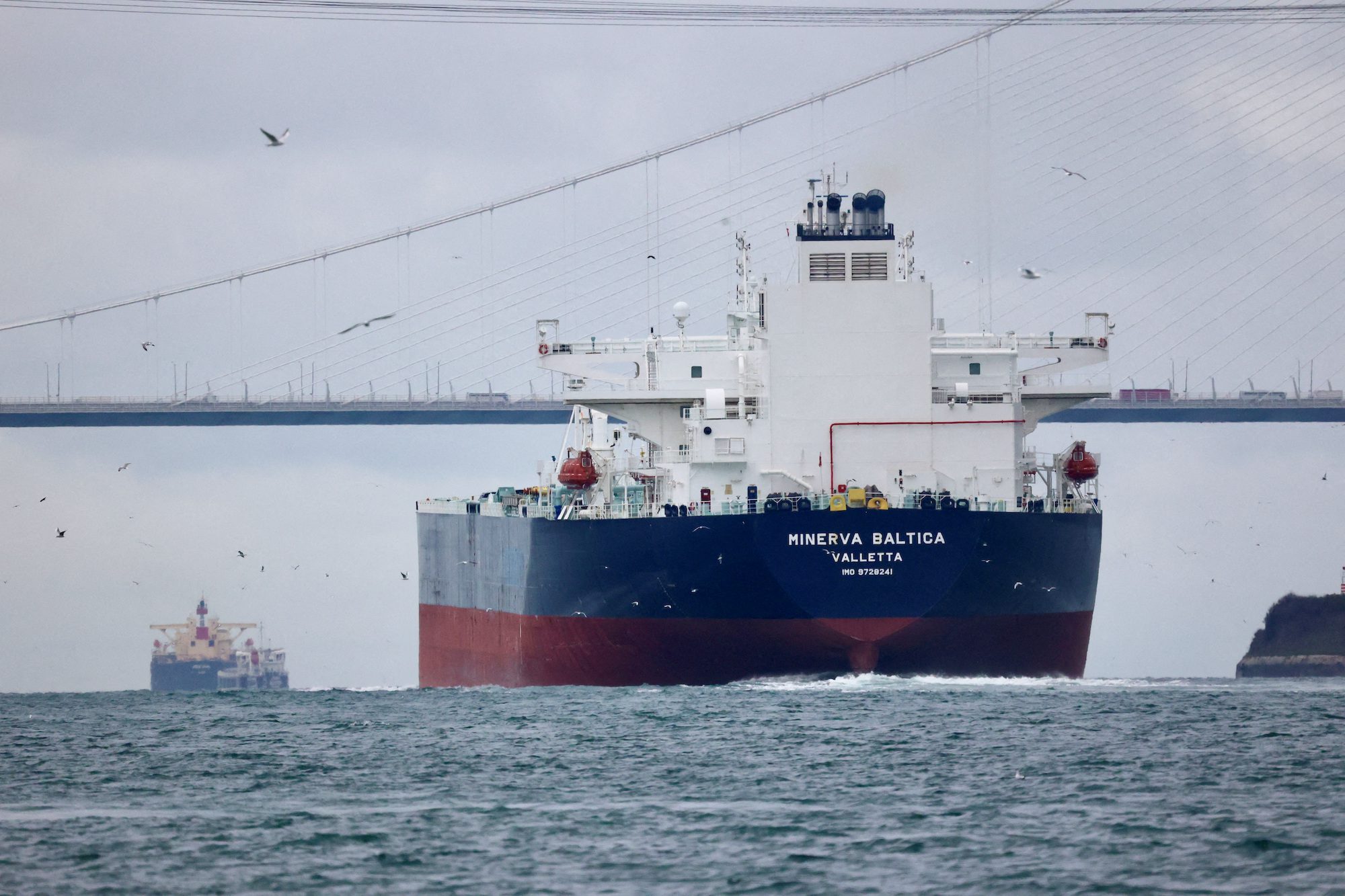Ships under construction at the DSME shipyard in South Korea. Photo credit: Lappino
By Christopher Langner
(Bloomberg) — Now, the ship really has sailed. After kicking the can down the waterway for a few years, Korean banks will have to reckon with the debt owed by the nation’s shipbuilders, which are among the biggest in the world. They’ll need plenty of government help; probably more than has been promised.
The state has been tightening pressure on the industry to clean itself up, and restructurings are being planned. Apart from affecting thousands of jobs, the process is likely to take a toll on some of the country’s most important institutions, including state-owned Export-Import Bank of Korea and Korea Development Bank, as well as the largest private lender, Shinhan Bank. All have significant exposure to shipbuilders. Policy makers have already set up an 11 trillion won ($9.4 billion) fund to help lenders absorb losses.
Korean shipbuilders’ debt: $38.2 billion
They may need more. The 10 publicly traded shipbuilders alone have $38.2 billion of debt on their balance sheets, according to data compiled by Bloomberg, the vast majority in the form of loans. To put that figure into context, it’s almost as much as the $42 billion “black hole” that U.K. Chancellor of the Exchequer George Osborne says his country will face if it leaves the European Union.
The government has said it won’t lead a consolidation, leaving shipyards to deal with their problems by negotiating with creditors. It’s not that simple, however.
For the past five years, Korean banks have given companies a lifeline amid an oversupply of ships and plunging freight rates. The Baltic Dry Index fell to the lowest in 30 years in February. The support came in various forms, from guarantees for international bonds to short-term financing for working capital. Most of it arrived as straightforward loans.
As a result, what was an industry problem has quickly evolved into a financial stability concern as Korea realizes an end to the shipping slump is nowhere in sight. The chances of these companies repaying their loans are diminishing; the last time the sector as a whole posted an annual profit was in 2012.
Korea has traditionally supported its banks — in the same way lenders have backed key industries in tough times. It’s unlikely things will be any different this time, so bank investors need not bail out.
Yet the amount the government will need to replenish banks after they cut aid to shipbuilders is probably larger than disclosed. As with many other financial stability issues, dealing with the problem head on will be cheaper than continuing to procrastinate. That won’t make it any less painful.
This column does not necessarily reflect the opinion of Bloomberg LP and its owners.
© 2016 Bloomberg L.P
Unlock Exclusive Insights Today!
Join the gCaptain Club for curated content, insider opinions, and vibrant community discussions.

 Join The Club
Join The Club













